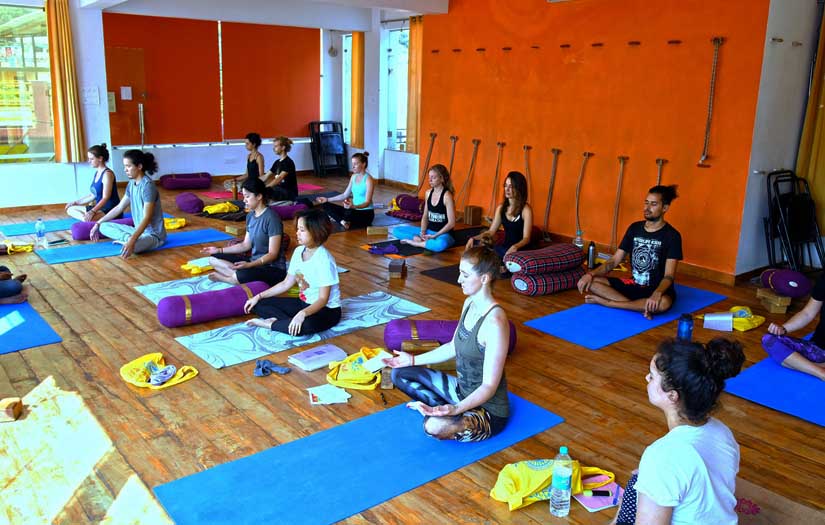
Pranayama is a complementary practice that can enhance your yogic journey. The simplest definition of Pranayama is to hold your breath. Here are three common pranayama techniques that you can incorporate into your daily life:
Known as the psychic breath, it is ideal for soothing and inducing the mind into a meditative state. When performing ujjayi pranayama, the chest will slightly lift during inhalation. The inhalation is done from the throat. The practice requires deep inhalation from both nostrils and the glottis to be half-closed. A hissing/snoring sound is often audible during inhalation when practicing. Another characteristic of this method is the retention of breath, followed by exhalation. It is advised that those suffering from heart ailments do not practice the retention of breath.
Benefits:
Nadis are subtle energy channels in the human body. They can get blocked due to a variety of reasons. The Nadi Shoddhan pranayama technique helps clear blocked energy channels. Nadis can get blocked due to stress, toxicity in the body, physical and mental trauma, and an unhealthy lifestyle. When the nadis get blocked, one may experience depression, low energy, and sluggish digestion.
Benefits of Nadi Shoddhan pranayama
It is a breathing technique that can bring a glow to the face of the practitioner. It is a practice known for mind detoxification and purification. It is also a great stress reliever. It has both relaxing benefits and physical benefits. It can aid in weight loss by working the respiratory and abdominal muscles. For the respiratory system, it helps clear the passages and minimizes the risk of infection. The forceful breaths are taken in practice cause allergens and infectious material in the lungs to be blown away and removed.
While the practice has numerous health benefits, it is not recommended for those suffering from cardiac, hernias, or spinal disorders. Additionally, it’s advised not to practice this technique when suffering from respiratory infections, colds, and nasal obstruction.
See also Yoga Teacher Training in Rishikesh